The educational materials listed on this page are about Conservation Tillage.
Conservation tillage reduces soil disturbance by leaving more than thirty percent of the soil surface covered with the residue of a previous crop. This crop production system improves soil conservation, reduces soil erosion and limits water runoff. Producers can choose from several different conservation tillage systems no-till, strip-till, ridge-till or zone-till—based on their individual cropping system and on the amount of residue they want to leave on the soil surface. There is also a variety of tillage equipment available for farmers and ranchers, depending on which tillage system they use. No-till farming leaves all of the previous crop’s residue on the field. Farmers who use a strip-till system only disturb the section of soil that is necessary for seeding. Strip tillage is similar to zone tillage, but the latter cuts deeper into the soil to increase water infiltration. In ridge-till systems, farmers build raised seed beds to create a warmer seedbed with better drainage. Cover crops can be added to any conservation tillage system to provide additional residue and soil cover between cash crops.
Showing 1-10 of 33 results
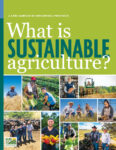
What is Sustainable Agriculture?
This award-winning report provides a sampler of best practices in sustainable agriculture—from marketing and community vitality to cover crops and grazing—as well as eight profiles of producers, educators and researchers who have successfully implemented them.
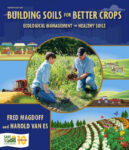
Building Soils for Better Crops
The fourth edition of Building Soils for Better Crops—enhanced and expanded—explains how to use ecological principles to build soil health and boost fertility, yields and overall sustainability.
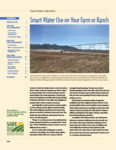
Smart Water Use on Your Farm or Ranch
As producers throughout the nation grow increasingly concerned about water scarcity, farmers, ranchers and agricultural educators are beginning to explore new, conservation-oriented approaches to water use.
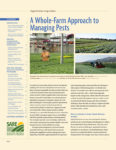
A Whole Farm Approach to Managing Pests
This 16-page bulletin helps producers—and the educators who work with them—use ecological principles across the entire farm to control pests.
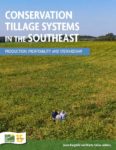
Conservation Tillage Systems in the Southeast
This production manual provides comprehensive guidance on conservation tillage systems for farms in the southeastern United States. It covers the core components of conservation tillage systems and includes both regional considerations and producer experiences.
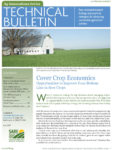
Cover Crop Economics
Cover crops can build soil health, control weeds, conserve moisture, provide grazing opportunities and more. But when do they start to pay for themselves? This analysis looks at the economics behind different management scenarios to determine if cover crops are likely to improve profitability in one, three or five years of use in corn and soybean rotations.

What is Soil Health?
Soil health plays an essential role in raising healthy, productive crops and livestock. With this interactive infographic, learn how practices such as cover crops, no-till, crop rotation and the integration of livestock work in concert to improve soil health.

Improving Soil Health Through Cover Crops
Farmers around the country are discovering the power of cover crops to curb erosion and improve soil health. This video is from Pennsylvania, where a Penn State researcher and a grain farmer are partnering to spread the word.
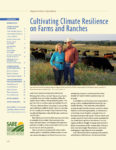
Cultivating Climate Resilience on Farms and Ranches
This bulletin outlines the new challenges that changing weather patterns pose in agriculture throughout the United States, and what you can do to make your farm more resilient.

Cover Crop Role in the Cropping System
Cover Crops and Nutrient Management Cover Crop Impacts on Diseases and Insects Cover Crops, Herbicides and Dealing with Herbicide-Resistant Weeds